| Cinnamon and star anise exports to Canada increased dramatically thanks to the CPTPP Agreement. India is Vietnam's largest cinnamon export market in the first 9 months of 2023. |
Cinnamon exports earn over 220 million USD in 10 months of 2023
According to the Vietnam Pepper Association, in October 2023, Vietnam exported 7,241 tons of cinnamon, with a total export turnover of 20.5 million USD, an increase of 28.1% compared to September.
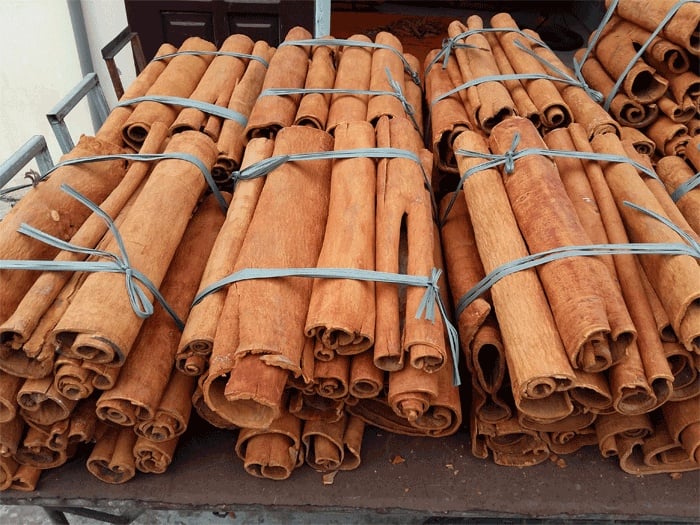 |
| Cinnamon exports earn over 220 million USD |
In Asia, only exports to India decreased by 10.8% to 2,600 tons, while exports to other markets increased sharply, such as: Indonesia increased by 93.2%; South Korea increased by 225.8%; Pakistan increased by 242%; Bangladesh increased by 900%...
Vietnam's second largest cinnamon export market in October was the United States, reaching 847 tons, up 24% over the previous month.
By the end of October 2023, Vietnam exported 74,744 tons of cinnamon, with a total export turnover of 220.3 million USD, up 19.2% in volume but down 1.3% in value compared to the same period last year.
The average cinnamon export price in the first 10 months of 2023 reached 2,948 USD/ton, down 17.2% over the same period in 2022.
The main export markets of Vietnamese cinnamon include: India with 32,795 tons, accounting for 43.9% of the market share and increasing by 24.7%; the United States with 8,379 tons, increasing by 11.2%; Bangladesh with 4,780 tons, increasing by 25.7%; Brazil with 2,538 tons, increasing by 30.6%; Indonesia with 2,202 tons, increasing by 75.7%.
The top 5 cinnamon exporting enterprises in the Vietnam Pepper Association include: Prosi Thang Long with 11,971 tons, down 3%; Senspices Vietnam with 4,360 tons, up 49.9%; Son Ha Spices with 3,868 tons, down 5.5%; Olam Vietnam with 2,551 tons, down 35.8%; Expo Commodities with 2,483 tons, up 61.4%.
Mr. Nguyen Nhu Tiep - Director of the Department of Quality, Processing and Market Development ( Ministry of Agriculture and Rural Development ) commented that due to the increasing demand for raw materials in the food, cosmetics, pharmaceutical industries, etc., Vietnamese cinnamon and star anise are currently consumed strongly in many regions of South Asia (India, Bangladesh), the Middle East (UAE, Pakistan), East Asia (Japan, Taiwan (China), Korea, the United States and countries in the European Union (EU).
Still lacking national sustainable development strategic orientation
Mr. Le Viet Anh - Chief of Office of Vietnam Pepper Association informed that Vietnam currently has about 166,875 hectares of cinnamon with 45,000 tons. The demand for spices in the markets is still high... therefore, Vietnam has advantages in exporting spices, especially when there are free trade agreements such as EVFTA, CPTPP...
However, the Vietnamese spice industry still faces many challenges. Specifically, the cinnamon industry still lacks a national sustainable development strategy. Meanwhile, businesses still lack technology and capital to invest in deep processing to increase product value.
Geopolitical uncertainties are likely to continue to be a cause of price volatility rather than supply and demand factors, while competition from other producing countries such as Indonesia and China remains persistent.
In addition, the unpredictable developments of climate change will be a major challenge for the global agricultural sector while continuing increases in costs will have a major impact on supply…
Talking about market trends, Mr. Le Viet Anh said that the current and future global spice market trends are green consumption, reducing carbon emissions; traceable products; quality assurance; value-added, organic products...
In that situation, to boost exports to markets, Mr. Viet Anh believes that the only way is to improve quality and reduce production costs to create valuable products with high quality and more competitiveness. Aim to diversify products, diversify markets, and diversify growing areas.
Enterprises should focus more on strategies to increase deep processing, especially spices processed from farm to table. Maintain stable acreage of spices according to the planning of the Ministry of Agriculture and Rural Development. In particular, there should be a master plan for planting and production areas so that investors can feel secure and have a long-term investment strategy...
From a market perspective, Mr. Tran Van Cong - Vietnam's Agricultural Counselor to the European Union (EU) commented that Europe is one of the leading regions importing spices and flavorings, accounting for about 1/4 of the world's total imports, with more than 95% of imports from outside Europe coming from developing countries.
Of which, imports from developing countries alone reached 1.8 billion Euros and accounted for 60% of Europe's imports in the period 2019 - 2021, increasing by 9%/year. In addition, the average import price in Europe is also higher than in most other regions. This makes Europe a target market for exporters from developing countries.
However, exporting to this market requires attention to some requirements such as strict control of toxic substances, allergens, pesticide residues, heat treatment, plant quarantine, food safety certification, transparent supply chain...
Regarding another key market for Vietnamese spices, the United States, Mr. Pham Quang Huy - Vietnam's Agricultural Counselor in the United States shared that the demand for spices in this market is increasing due to the need to increase resistance and protect the health of consumers after Covid-19.
To increase the market share of Vietnamese spices in this market as well as make Vietnam a chosen destination in the global spice supply chain, Mr. Pham Quang Huy said that, in addition to raw products, it is necessary to diversify spice products to serve the food, cosmetics, pharmaceutical industries...
According to Mr. Pham Quang Huy, spice plants not only bring economic value but are also a valuable, indigenous genetic resource, helping to reduce poverty and contribute to preserving biodiversity under the forest canopy... These are important factors that businesses can include to promote Vietnamese spice products in the face of the green consumption trend, environmental protection, and emission reduction of the US market.
Source link




![[Photo] General Secretary To Lam attends the 80th Anniversary of the Cultural Sector's Traditional Day](https://vstatic.vietnam.vn/vietnam/resource/IMAGE/2025/8/23/7a88e6b58502490aa153adf8f0eec2b2)
![[Photo] Prime Minister Pham Minh Chinh chairs the meeting of the Government Party Committee Standing Committee](https://vstatic.vietnam.vn/vietnam/resource/IMAGE/2025/8/23/8e94aa3d26424d1ab1528c3e4bbacc45)



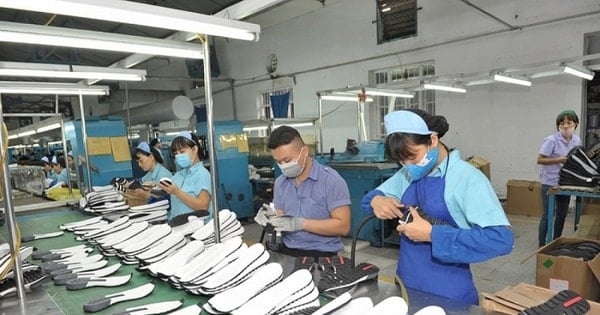

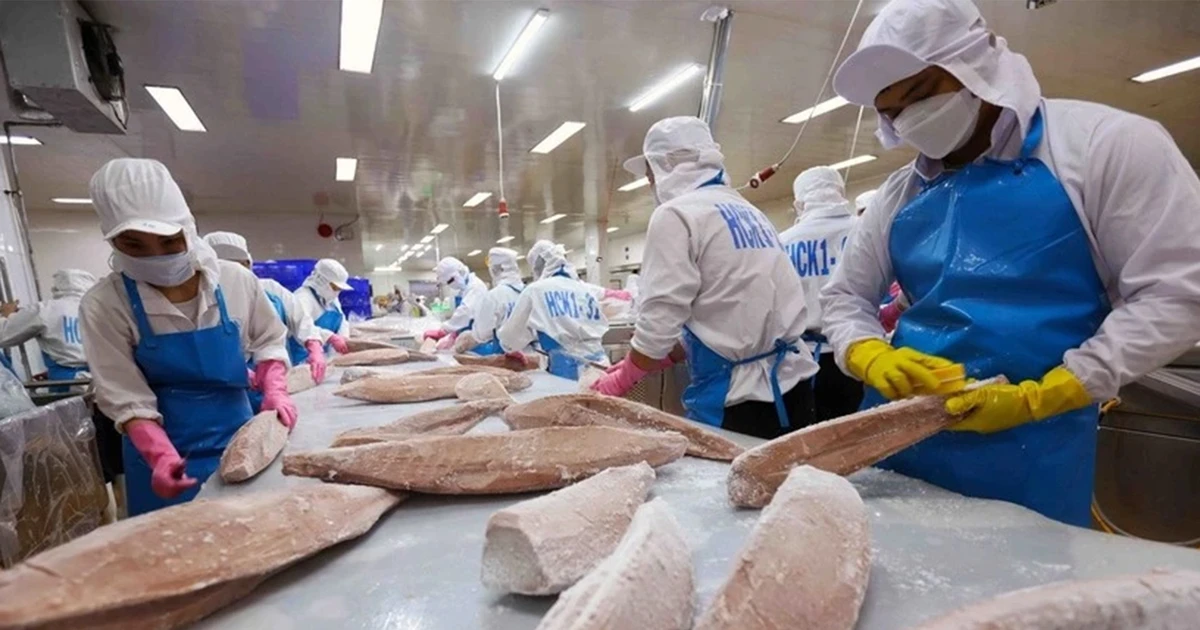

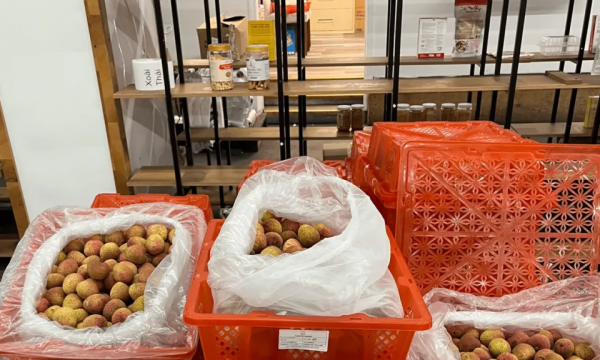

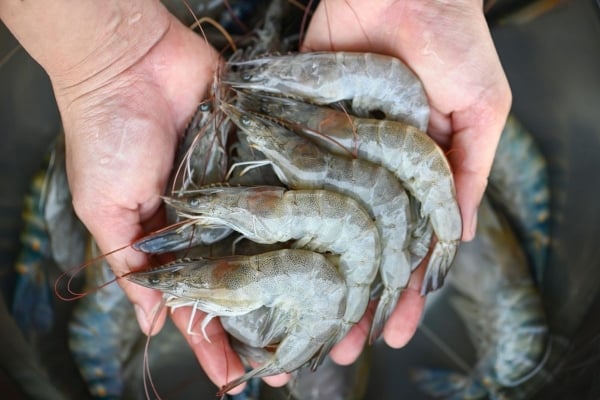
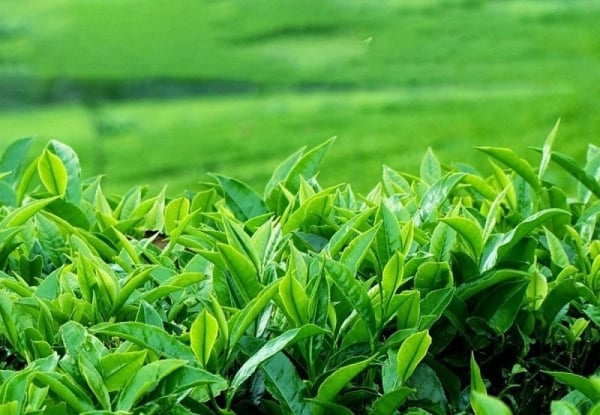



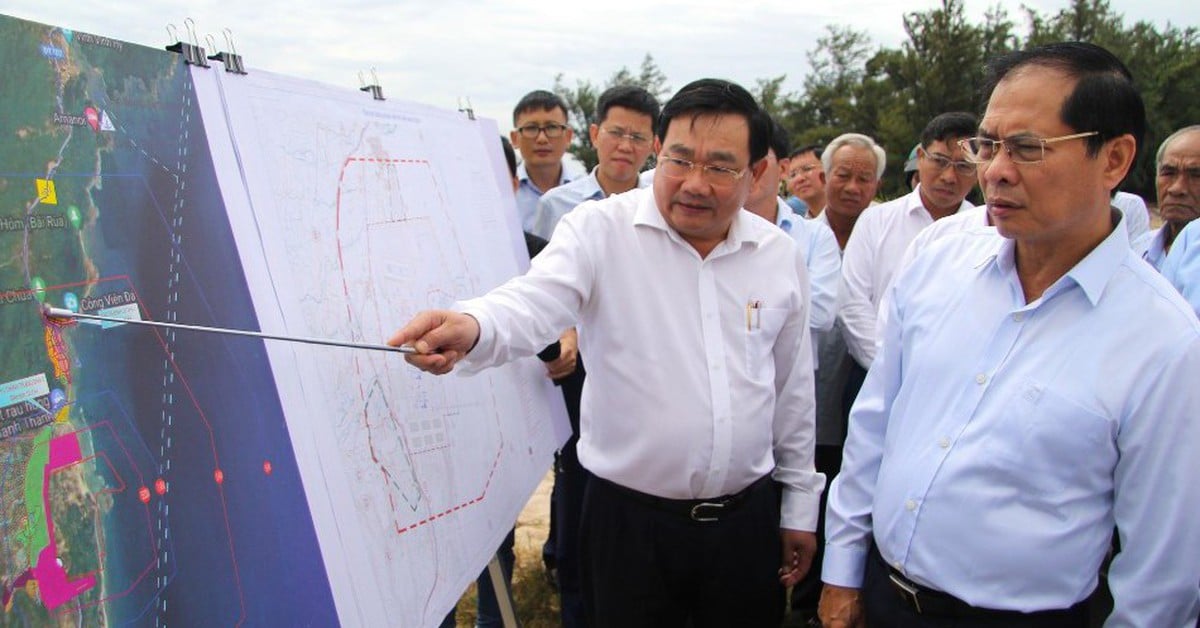


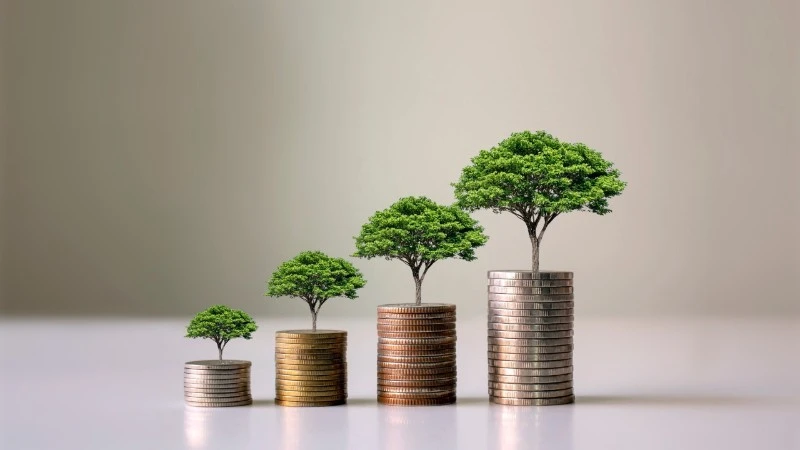

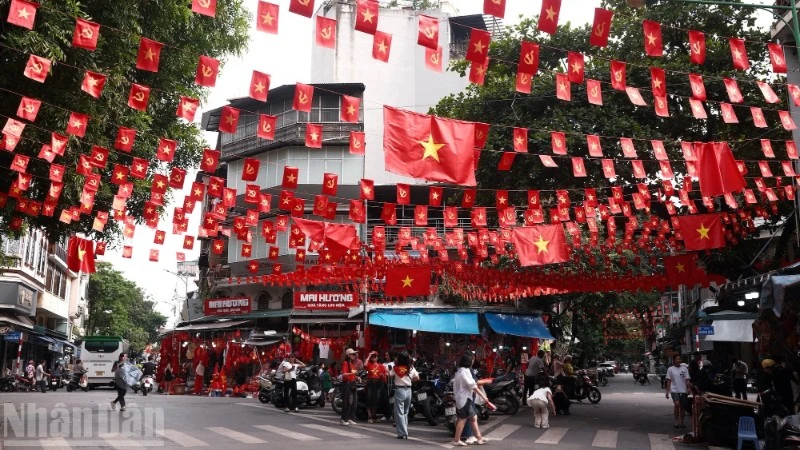







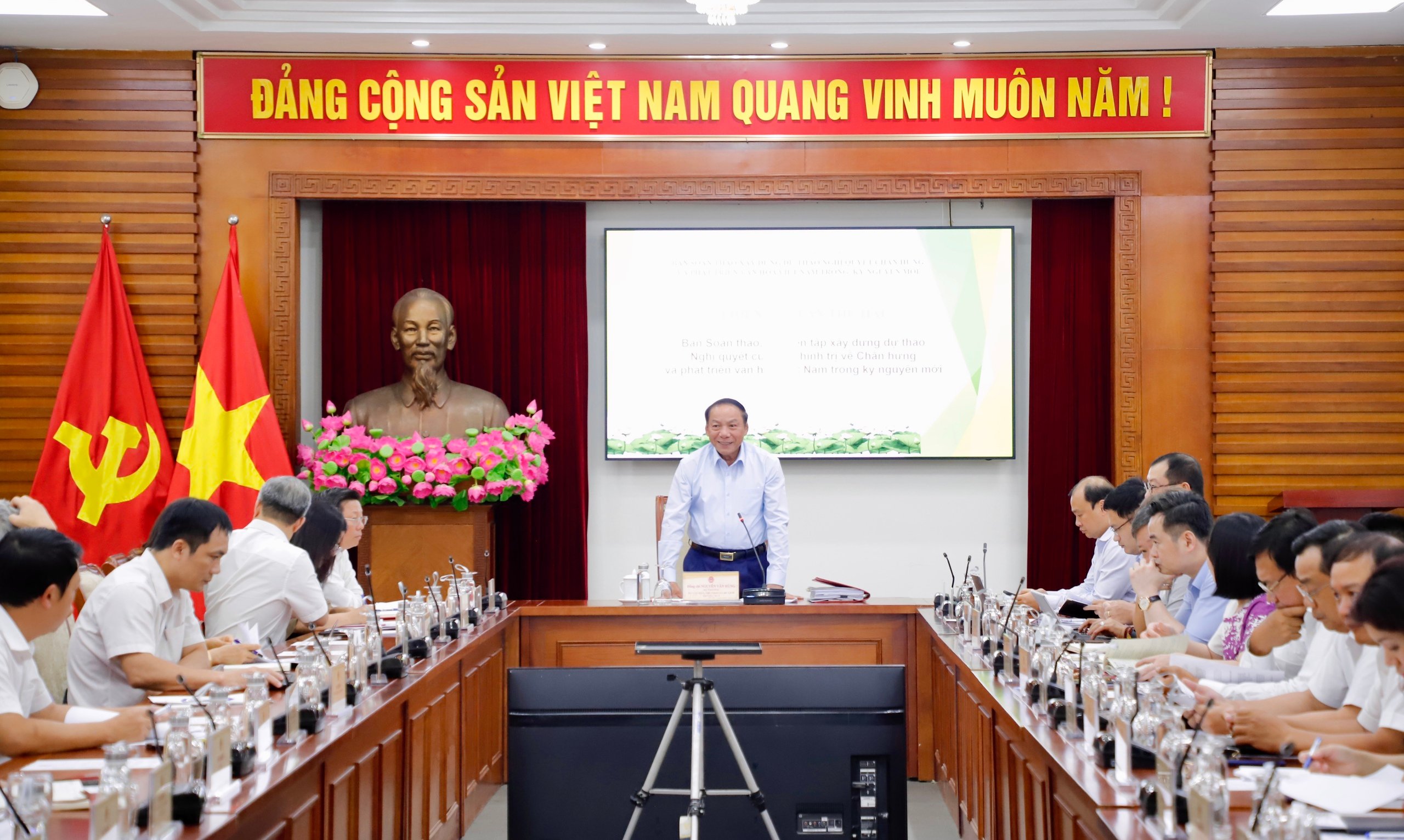
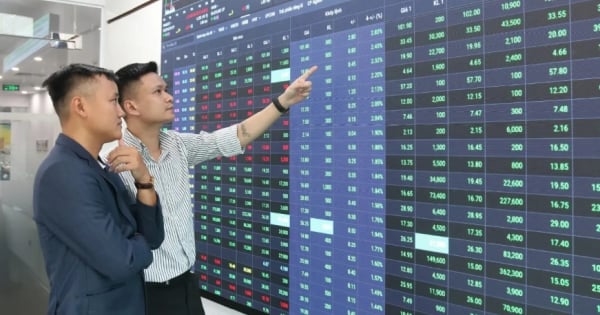
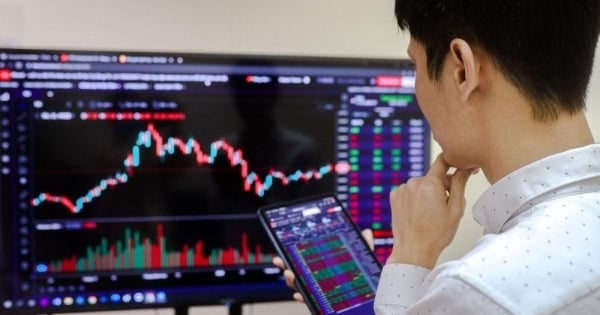













































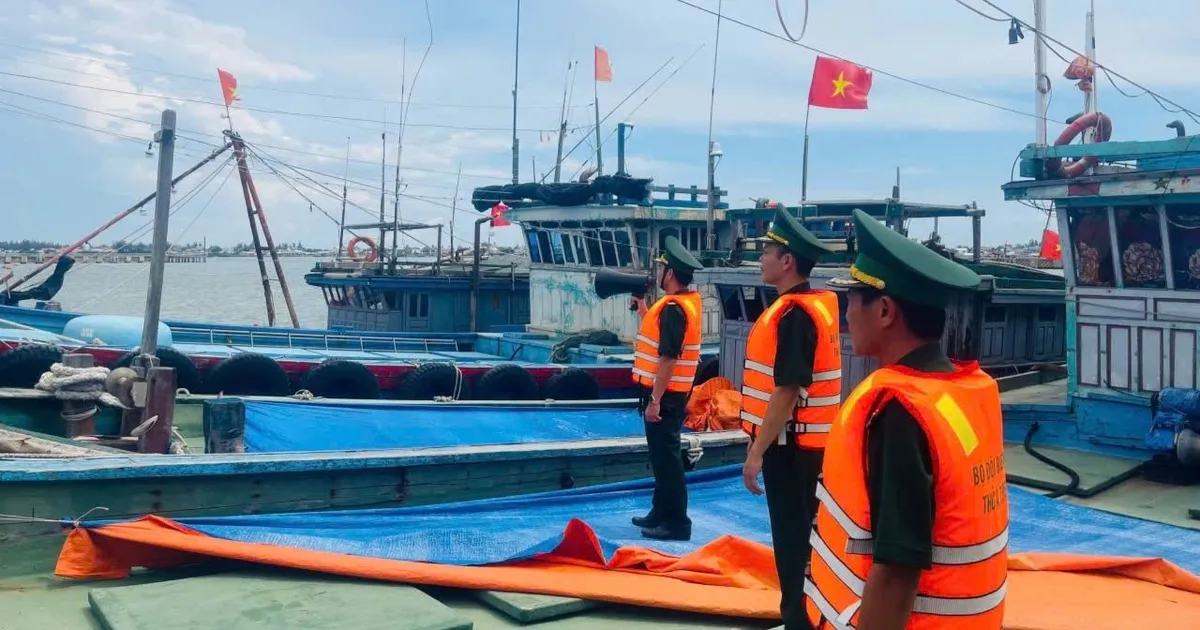

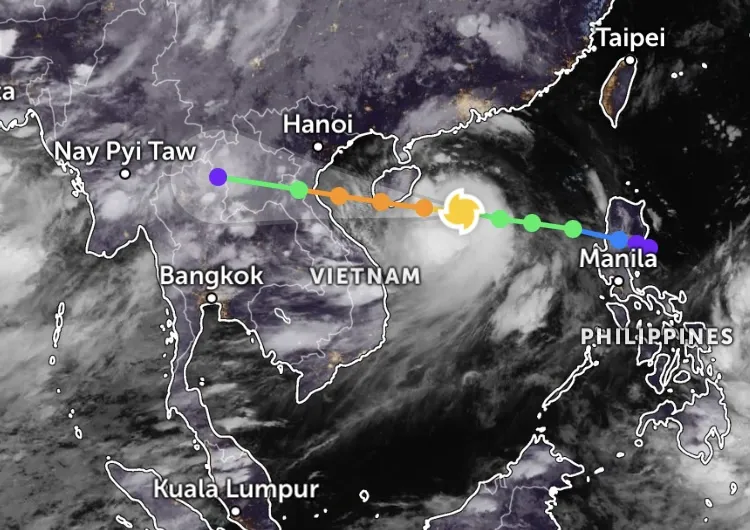

















Comment (0)